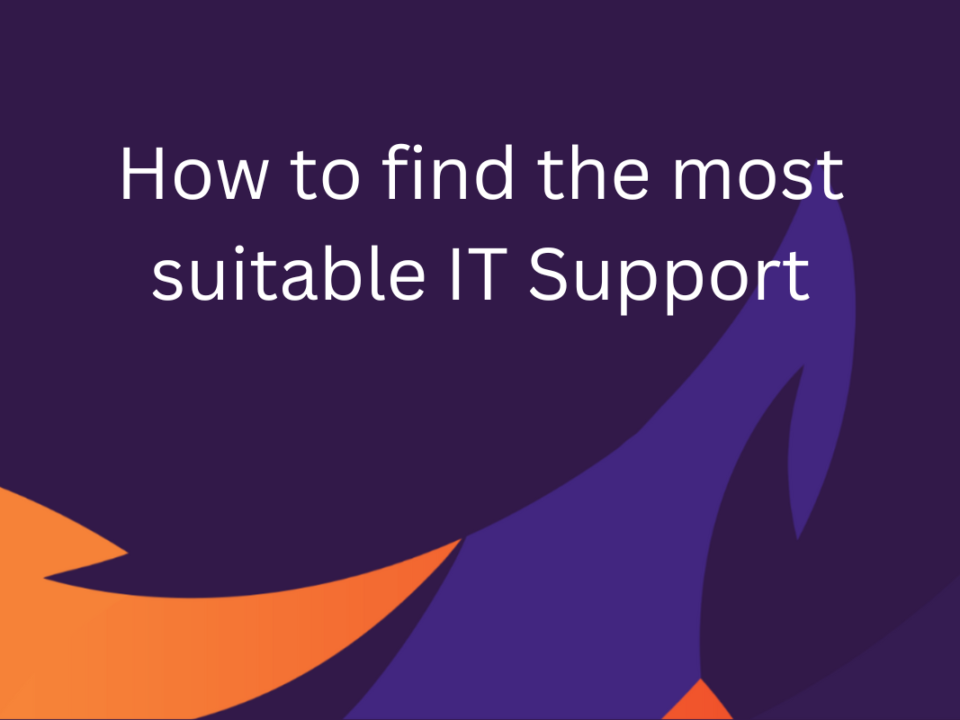How can your company prevent data loss?
IT professionals and office admins tasked with safeguarding information for their company understand that data loss prevention is key. Shielding private information that is at rest, shared, or being collaborated on is a vital element of most enterprise’s security protocols. It helps them keep operating efficiently and remain resilient and compliant.
The devastating damage of data leaks
Protecting confidential company data on contracts can enable firms to retain a competitive edge and become leaders in their field. Leaked data can quickly crush any advantage gained. When company dealings are exposed, a firm can suffer a loss of reputation.
Ensuring data files holding Personally Identifiable Information (PII) on data subjects are safe is critical. Records containing PII on customers, staff and vendors that are illegally accessed during a data breach can lead to fines for non-compliance if data regulators like the UK’s Information Commissioner’s Office (ICO) judge companies to have acted negligently.
Even without disclosing sensitive information, data leaks can be exceptionally expensive for companies. Firms can face the cost of operational downtime, disruptions to productivity and bills from security consultants carrying out forensic investigations.
Preventative measures are always a smart policy rather than dealing with a data leak. Whether a firm is newly launched or established with over 50 staff members, enforcing measures of Data Loss Prevention, or DLP for short, is essential.
DLP practices provide a complete understanding of all data used and retained by a company and effectively manage who uses information and how. With details of where and when information is sent, shared, or kept and who is able to access it, companies can provide evidence they have acted in accordance with data protection regulations.
Data control by classification
To shield data efficiently firms must understand all information that is held and used. Data classification and discovery solutions help make sure that sensitive records are never saved to insecure areas of a network and help control user access. Classification systems ensure that sensitive data is clearly marked with the protection level required. This makes certain confidential data is never stored where access without permissions is possible.
While data classification often requires periodic revision, access to updates must never be provided without appropriate authorisation. To make sure classification levels are not falsified, the ability to alter settings must only be accessible by those with high-level permissions.
How to use access control lists
Access Control Lists, or ACLs, help IT teams to clearly ensure users have appropriate permissions to access data. The ACL utilised may be provided via an app or an internal part of an operating system.
Additionally, ACLs can negate leaks caused by employees being led to spoofed sites by phishing attacks. The ACL can include white and blacklists that decide what personnel are permitted to visit and which ones aren’t. Harmful links can be embedded in malicious emails that trick users to download malicious software, but an ACL can defend against this issue too. Employing the same block and allow lists firms can permit or prohibit company devices and servers from installing harmful viruses, ransomware, and other threats.
Staying in step with security patches
Company systems can be kept safe by making certain that all apps and operating systems run the latest versions released. These will include the most recently available security patches that protect against known vulnerabilities. After these patches are in place in company infrastructure, they must then be tested rigorously to assess whether any compromises can be found.
Cybersecurity awareness training
Every staff member with access to either view or utilise information within your company must be educated in data protection protocols. This will make sure they have a comprehensive understanding of your firm’s security posture. They should also know the important role they perform in keeping data secure, including which contacts they can share it with and where it must be stored. It’s also key that they understand a clear line for reporting incidents and potential risks. This ensures that if a potential data leak occurs, they will react fast and alert IT professionals instantly.
Phishing attacks and social engineering tactics are both strategies that employees at all levels should be aware of that often lead to data breaches. Executive levels must be included in training sessions as they are pursued as targets because they have higher access levels to sensitive information.
User-friendly solutions are most effective
Many cybersecurity solutions are efficient at reducing the risks of data breaches but are unwieldy. Staff may find tools overly complex to use leading to them being used incorrectly. Employing simple to use but reliable security methods is a more effective option.
Another option worth considering is outsourcing your IT security to a professional firm with experience. Specialists in cybersecurity can advise you on best practices and help you devise seamless protective protocols to keep you safe against potential leaks. With your systems and data well-protected, your staff will be free to focus on growing your business.
Experts in IT security
At CARA Technology we help firms throughout Cheshire to protect their systems and the data they store, ensuring it remains safe from threat operators. From specialist cybersecurity audits to advanced tools that can identify if your company accounts have been infiltrated by hackers, you can count on us for cutting-edge support whenever you need it.
Whether you’re looking to fortify your firm’s IT security measures or want to analyse the protocols you’ve put in place, get in touch now for expert advice and assistance.




